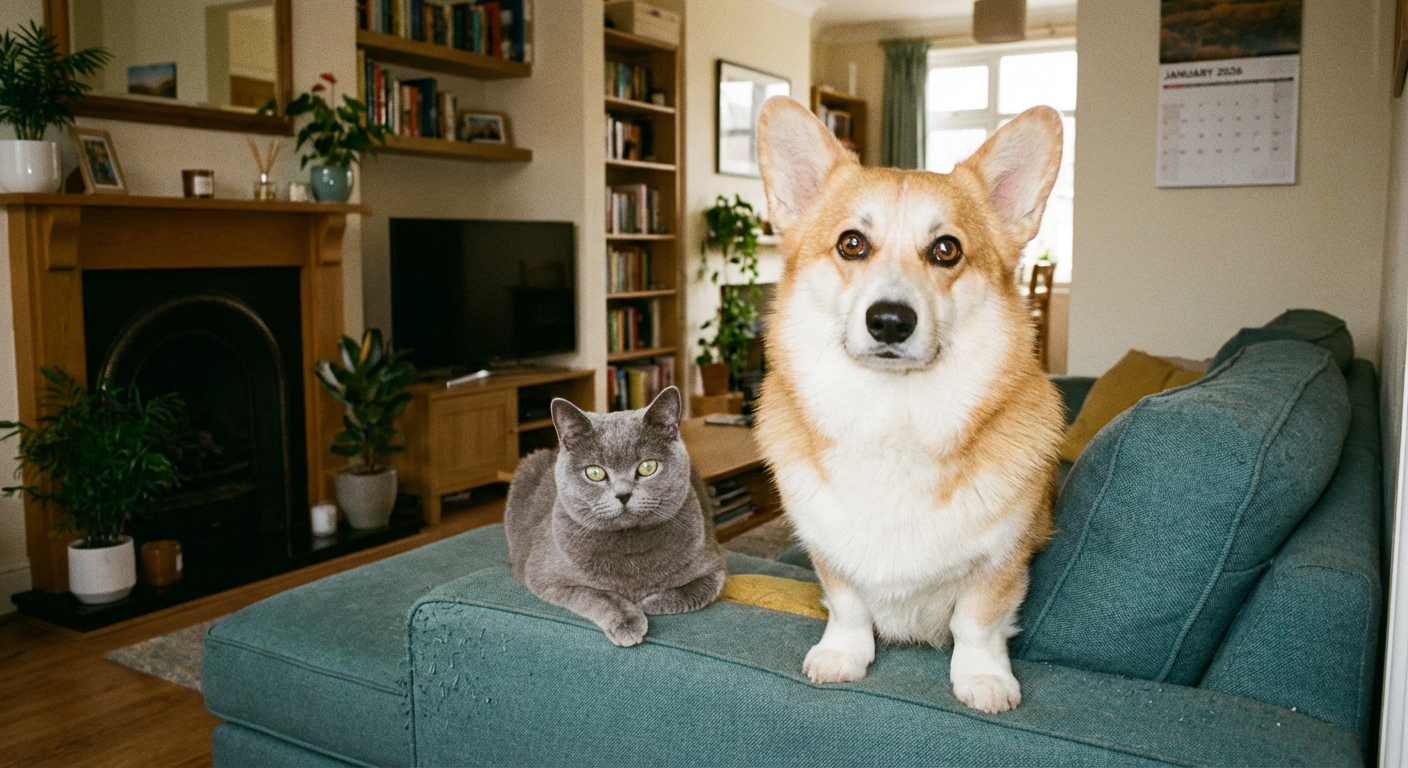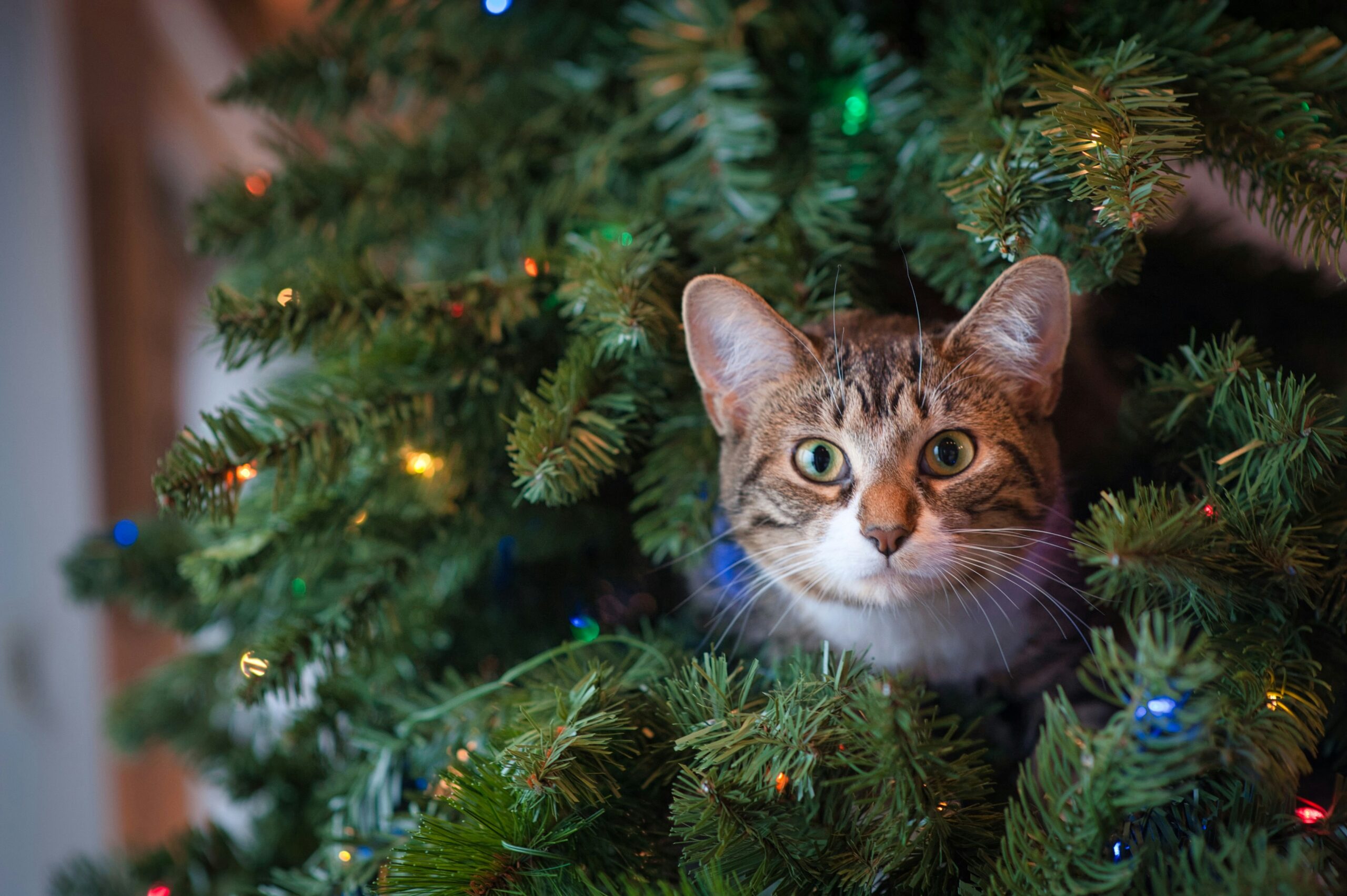Keeping your dog safe and happy in snow
There are lots of things we need to consider with regards to our dogs and time in snow. Not only the temperature but also the changes in environment and surfaces. Surfaces become unstable and slippery, and this can cause issues for mobility and movement in our dogs. Some dogs also need extra support to keep them healthy.
Things to consider
- Smaller or lean breeds may be more at risk to cold due to their low body fat and short coats. Shorter legged dogs are closer to the ground so are also more susceptible to the cold
- Dogs with medical conditions such as arthritis may have extra difficulty with their mobility whilst dogs with medical conditions may find it more difficult to maintain their body temperature.
- Shorter faced (Brachiocephalic) breeds might find the drop in air temperature can affect their breathing, due to their narrower airways constricting further in the cold.
Keeping our dogs warm
Just like us, dogs are not always able to regulate their body temperatures effectively, particularly the very young or elderly. Dogs can be at risk from hypothermia if they become wet and cold as well as frostbite.
Some ways to minimise this risk include:
- Using a waterproof coat when your dog goes outside to maintain their body temperature and keep them dry.
- Reducing the time spent being outside in the cold temperatures.
- Avoid swimming in the colder months due to the cold temperatures of the water and your dog remaining wet and cold afterward.
- Once back inside make sure your dog is thoroughly dried off and has somewhere warm and cosy to rest.
Exercising your dog
Some dogs may have never experienced snow before, and this could be a scary or exciting experience for them. If your dog is nervous or doesn’t have a very good recall, then consider keeping them on the lead. Visibility may be reduced, as well as the environmental conditions being different to those they are used to.
Top tips
- A gentle massage to the leg muscles prior to exercise can help keep the muscles warm and flexible.
- Keep the walks brief and make sure they are gently moving all the time and not constantly stopping and starting
- Keep away from iced over water. It can understandably be extremely dangerous if walked on.
- Make sure your pets microchip details are up to date in case they get lost, and a reflective or flashing collar is also a good idea as visibility might not be so good.
- Check your dog’s feet for any snow or grit between their toes. Wipe down their feet after walking to reduce the risk of ice melting chemicals on their feet. Longer haired breeds can be prone to ice balls forming amongst their fur which could be extremely uncomfortable and cause frostbite, so a rub down with a towel may be required.
Keeping our pets warm, dry, safe, and away from dangers and slippery surfaces is vital for their comfort and health. If you have further questions or any other pet health enquiries, our team of RCVS registered veterinary nurses is available 24/7 to all our members.


